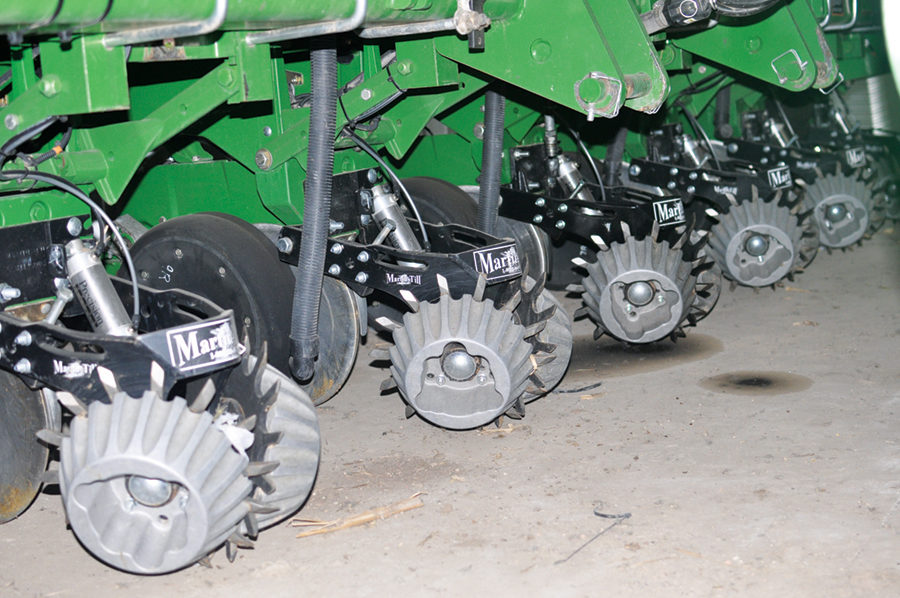No-Till Farmer
Get full access NOW to the most comprehensive, powerful and easy-to-use online resource for no-tillage practices. Just one good idea will pay for your subscription hundreds of times over.

High populations, good fertility and a little luck from Mother Nature are the three key ingredients Heath Schake has found for contest-winning corn yields.
The Kearney, Neb., grower finished first place in Nebraska’s irrigated no-till/strip-till category of the 2013 National Corn Growers Association’s yield contest with a personal best of 309.6 bushels.
Schake knows he has a few factors working in his favor — like silt-loam soils and no limit on irrigation — to help him hit 300-plus contest corn yields, and 230- to 270-bushel averages on the rest of his farm. But he’s pushing yields even more by perfecting his planting, bumping populations and focusing on fertility.
Located in south-central Nebraska, Schake farms around 2,500 acres, with 50% in a no-till corn-soybean rotation and the other 50% strip-tilled continuous corn, including his contest ground.
Schake began implementing a conservation tillage program in 2008 to reduce soil erosion on hills and save fuel and manpower. After failing to achieve good stands and even emergence in no-tilled continuous corn he started using strip-till.
He plants corn and soybeans with two 16-row John Deere planters, both set up with Schlagel closing wheels and Martin floating row cleaners with Precision Planting’s CleanSweep system, which allows him to adjust the row cleaners on the go.

His goal is to clear away residue at planting without moving too much soil and allowing residue to blow around, resulting in uneven cover.
“If you move too much soil and it rains, it washes out,” Schake…